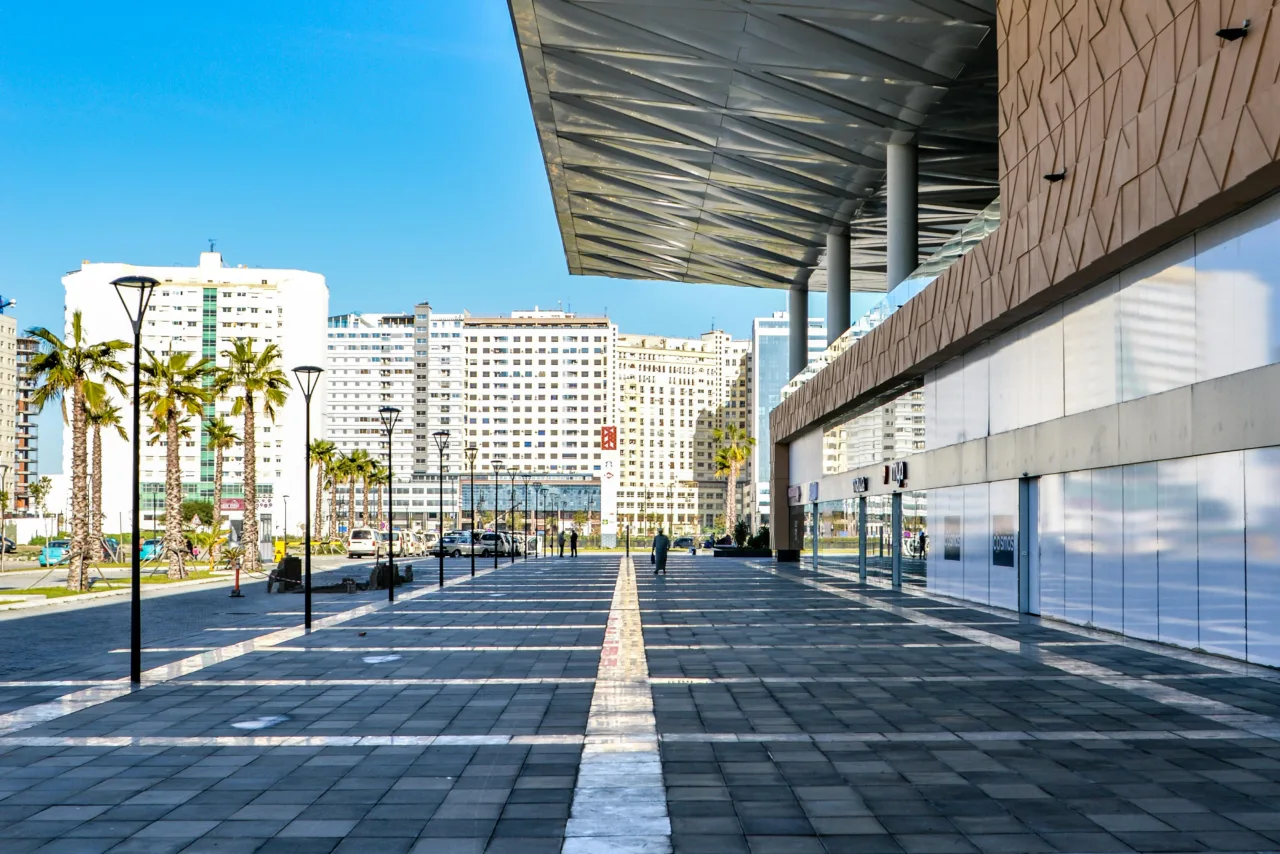
Transit-Oriented Developments in Morocco’s Real Estate Landscape
Morocco’s expanding rail infrastructure is revolutionizing national mobility while also revolutionizing urban growth and real estate development. Transit Oriented Development Morocco–commonly known as TOD–is becoming increasingly popular as policymakers, investors, and urban planners seek ways to connect more efficiently to where people live, work and socialize.
Understanding Transit-Oriented Development
transit oriented development Morocco (TOD) is a planning approach which promotes compact, walkable neighborhoods built around public transport hubs. TOD seeks to develop urban areas where residential, commercial, and recreational spaces coexist within close proximity to a major transit station.
Transit-oriented development (TOD) fits perfectly with Morocco’s modernization goals by connecting housing, business districts and transport. TOD reduces dependency on private cars while simultaneously cutting congestion levels for a more sustainable urban environment.
Morocco’s Rail Network: Establishing TOD
Morocco currently leads Africa in high-speed rail infrastructure with the Al Boraq line connecting Tangier, Kenitra, Rabat and Casablanca. Plans for future extensions to Marrakech and Agadir strengthen Morocco’s potential fortransit oriented development Morocco oriented development; vast tracts of undeveloped land surrounding these high-speed train stations present opportunities for real estate investments and mixed use urban projects.
Cities such as Casablanca, Rabat and Marrakech are experiencing increased interest in station-area redevelopment. Land surrounding rail stations can be transformed into multifunctional districts that combine housing with offices, hospitality services and retail — all within walking distance from their respective rail networks. This strategy attracts both local and international investors seeking long-term returns connected with sustainable urban mobility solutions.
Morocco’s regional cities such as Fez, Meknes and Kenitra could benefit from transit oriented development Morocco oriented development projects in smaller scale. Such developments would include public buses, trams and future metro systems into an interconnected national network to support balanced regional growth. More broadly adopted transit oriented development Morocco would help decentralize economic activity, relieving pressure off major metropolitan areas.
Benefits to Economics and Environment alike.
Transit oriented development Morocco brings benefits beyond real estate value. Compact urban planning helps reduce infrastructure costs per capita, improve air quality and enhance public transportation systems overall. Businesses situated near stations benefit from improved customer access while residents experience time savings and lower transportation expenses.
TOD plays an integral part in Morocco’s commitment to sustainable and climate-friendly growth. Integrating energy efficient buildings, green spaces and pedestrian infrastructure into TOD developments contributes to Morocco’s national goals of reducing carbon emissions while simultaneously improving quality of life. Developers may align their projects with Environmental, Social & Governance (ESG) standards to attract environmentally aware investors as well as international financing for their projects.
Implementation Challenges in Implementation
Transit oriented development Morocco presents many potential advantages; however, numerous hurdles must first be cleared up first. Coordination among transport authorities, municipalities, and private developers requires well-organized urban policies and transparent planning processes; land acquisition or zoning regulations may stall progress if they’re mismanaged; while affordability must also be ensured to prevent social segregation and ensure inclusive urban growth.
Urban planners emphasize the need for long-term master plans which balance economic objectives with social and environmental considerations. A collaboration between public and private sectors could expedite TOD projects across Morocco’s expanding rail network.
Key Investing Opportunities Available Now
Investors interested in transit-oriented development Morocco should focus on high-potential corridors near new or expanding railway lines. Casablanca’s Casa Voyageurs area, for example, makes an excellent location for mixed-use residential and office projects; Marrakesh and Kenitra offer potential for hospitality or retail developments tied visute orchid island to station improvements.
Real estate developers can take advantage of early engagement in TOD projects by purchasing land near transportation hubs and aligning design strategies with sustainable urban standards. As demand for accessible, modern, eco-conscious neighborhoods increases rapidly across Morocco’s ever-evolving market, TOD represents an attractive investment opportunity.
As Morocco invests more in rail and public transport infrastructure, transit oriented development Morocco
(TOD) will emerge as a powerful force of urban transformation. By integrating mobility with land use planning, cities can achieve higher livability, stronger economies, and more balanced growth – creating connected yet resilient urban spaces that meet modern Moroccan society’s needs.
Are You Looking to Shape Morocco’s Next Generation of Smart Cities with Transit-Oriented Development Morocco? contact us for investment insights, emerging projects, and expert guidance regarding sustainable real estate across Morocco.



Leave a Reply